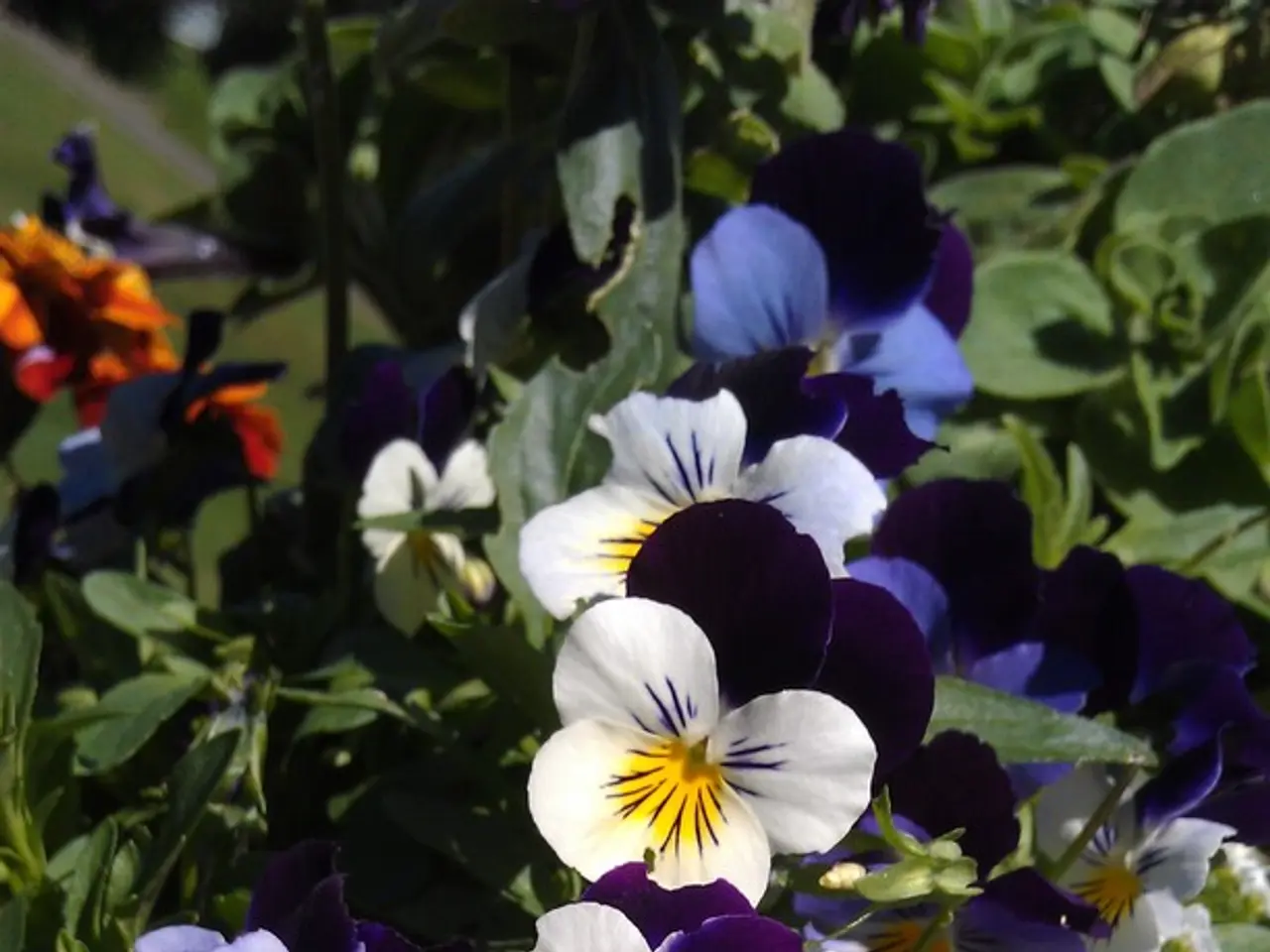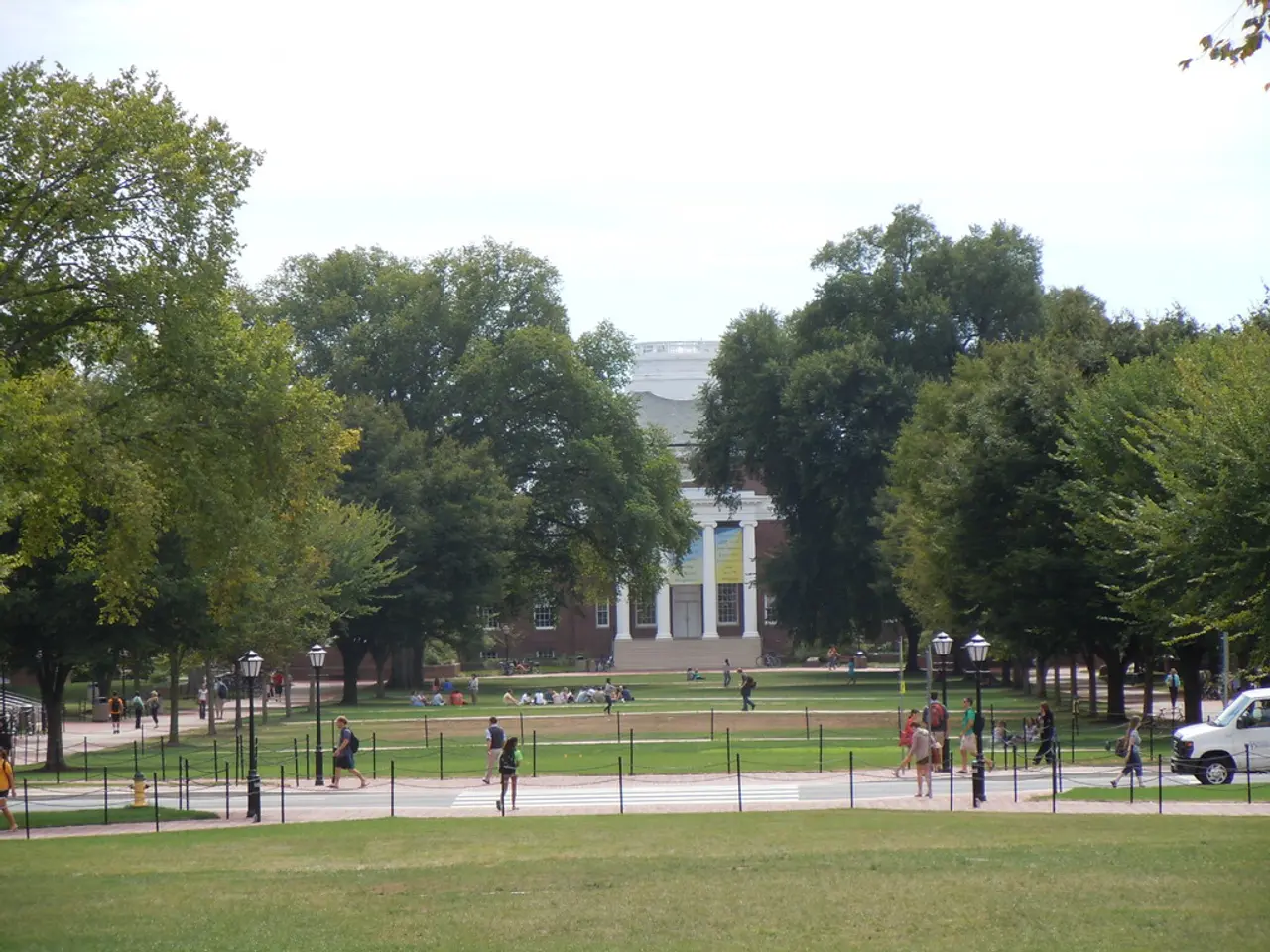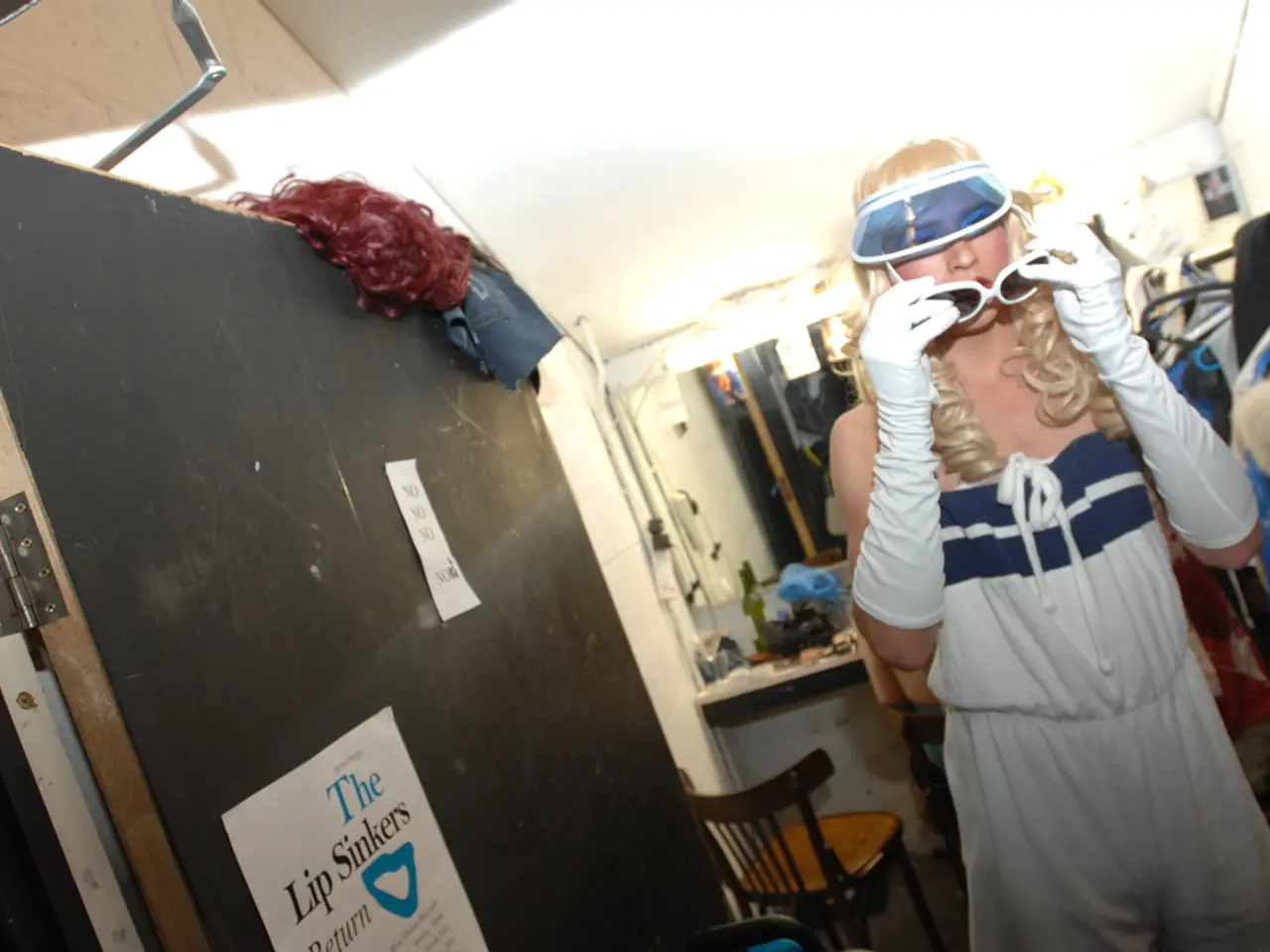Native Wildflowers for Your Backyard: 12 Simple Options to Nurture
Supporting Pollinators with Native Wildflowers
Gardening enthusiasts can help support pollinators such as bees and butterflies while adding beauty and biodiversity to their gardens by growing native wildflowers. Here are some easy-to-grow options, along with their preferred growing conditions and zones.
Black-eyed Susan (Rudbeckia hirta)
This vibrant wildflower thrives in full sun and well-drained soil, making it ideal for most gardens. It produces golden flowers with a dark center, blooming from midsummer to midfall. Black-eyed Susan is a biennial or short-lived perennial that self-sows readily, ensuring its return year after year.
Blanket Flower (Gaillardia spp.)
Bright, daisy-like flowers in shades of red, orange, and yellow make Blanket Flower a striking addition to any garden. It prefers full sun and well-drained to dry soil, tolerating poor soil conditions. This wildflower spreads easily by self-seeding and is drought-tolerant, making it a low-maintenance choice.
Plains Coreopsis (Coreopsis tinctoria)
Plains Coreopsis is an annual (or sometimes perennial) wildflower with bi-colored blooms. It prefers full sun and well-drained soil, avoiding wet or heavy soils. Once established, it is drought-tolerant and self-seeds readily, ensuring its continued growth.
Wild Columbine (Aquilegia canadensis)
Wild Columbine offers a unique touch with its downward-facing flowers that attract hummingbirds, bees, and butterflies. It prefers moist, organically rich soil in part shade and cooler climates.
Lupine (Lupinus spp.)
Lupine produces showy spikes of pea-like blossoms in various colors. It thrives in cooler climates, good drainage, and full sun to part shade. Lupine prefers well-drained soil and cooler temperatures.
Other native wildflowers that support pollinators include the large-flowered beardtongle, White Turtlehead, Butterfly Weed, and Compass plant. Each of these wildflowers offers unique characteristics and growth requirements, ensuring there's an option for every gardener.
By incorporating these native wildflowers into gardens, you can help support pollinators while creating a beautiful and diverse outdoor space.
Incorporating the black-eyed Susan and Blanket Flower into your home-and-garden lifestyle will offer lush, pollinator-friendly flowers, particularly beneficial for bees and butterflies. The Black-eyed Susan flourishes in full sun and well-drained soil, while Blanket Flower prefers full sun to dry soil.
For a touch of uniqueness, add the Wild Columbine to your garden. This wildflower prefers moist, organically rich soil in part shade and cooler climates, attracting hummingbirds, bees, and butterflies.
Plains Coreopsis, with its bi-colored blooms, thrives in full sun and well-drained soil, and is self-seeding and drought-tolerant, perfect for easy, low-maintenance gardening.
Lupine adds a vibrant touch with its pea-like blossoms in various colors, favoring cooler climates, good drainage, and sun to part shade. This wildflower is also a great choice for supporting pollinators.
Herbs like oregano, thyme, and mint can be planted along with these wildflowers, adding a decorative edibles element to your lifestyle garden.
Organic gardening practices including natural pest control methods and compost enrichment can further support pollinators whilst maintaining the overall health of your garden.




